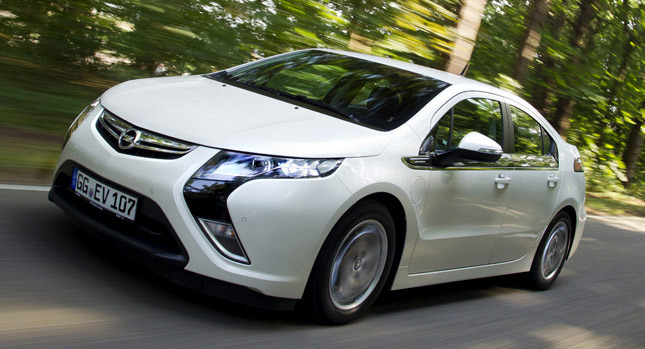In the first eight months of the year, new passenger car registrations in Germany were more than 2.108 million units. According to a study from the Center of Automotive Research (CAR) at the University of Duisburg-Essen, electric cars registrations in the country, were just 2.272, which accounts for a negligible 0.1 percent market share.
The thing is that Chancellor Angela Merkel has set a target of having one million fossil-free, i.e. electric- and fuel-cell powered vehicles, on German roads by 2020 – a goal which Ferdinand Dudenhoeffer, head of CAR, finds “unworldly and naive” to continue pursuing.
Since buyers vote with their wallets and electric cars are, at the moment, too expensive in comparison to their petrol- or diesel-powered counterparts, government subsidies that would lower their price and increase sales is one of the options placed on the table – but it’s not bound to happen very soon.
“The question of how we will tackle this during the next legislative period and whether one needs more incentives – that will be decided when the time has come”, said Merkel.
Keep in mind, the next legislative period starts in late 2013 so government subsidies, if they approved, won’t come soon.
The German government has allocated €1 billion (US$1.3 billion) in federal research on electric cars and battery technology. It also has other measures in mind, such as offering “green” car buyers who purchase their cars before December 31, 2015, a 10-year exemption from vehicle tax.
A number of auto industry executives claim that the only way to attract a larger number of customers is to offer them direct cash payments.
Germany’s neighbor, France, has already adopted this practice, doubling hybrid car incentives to €4,000 (US$5,100) and increasing all-electric car incentives from €5,000 (US$6,450) to €7,000 (US$9,000).
Daimler AG CEO Dieter Zetsche told German TV channel ZDF ZDF that, without direct cash incentives, his estimate is that by 2020 the total number of emissions-free vehicles in the country won’t exceed 600,000 units.
By Andrew Tsaousis
Story References: Reuters
PHOTO GALLERY











